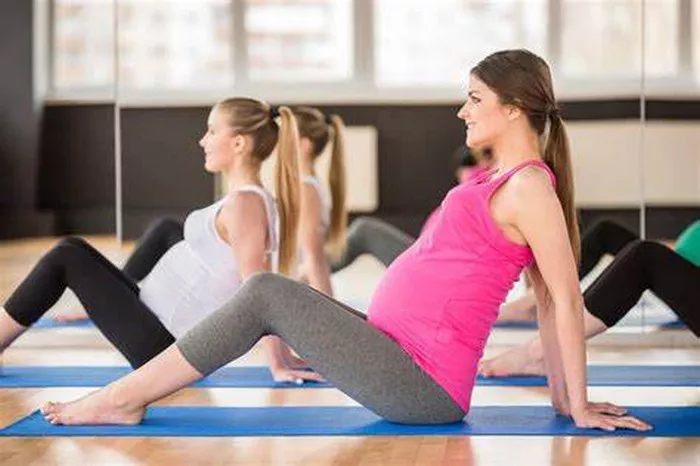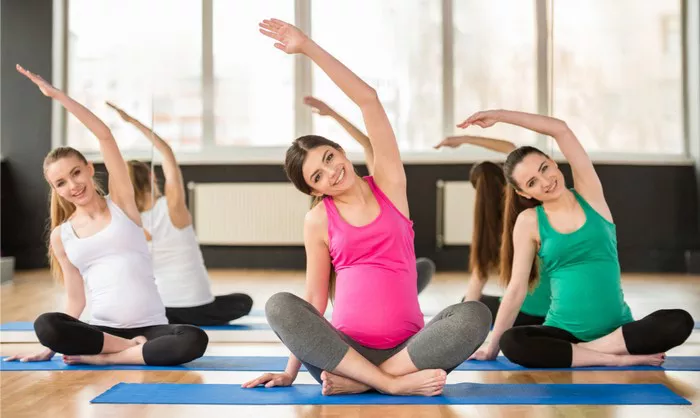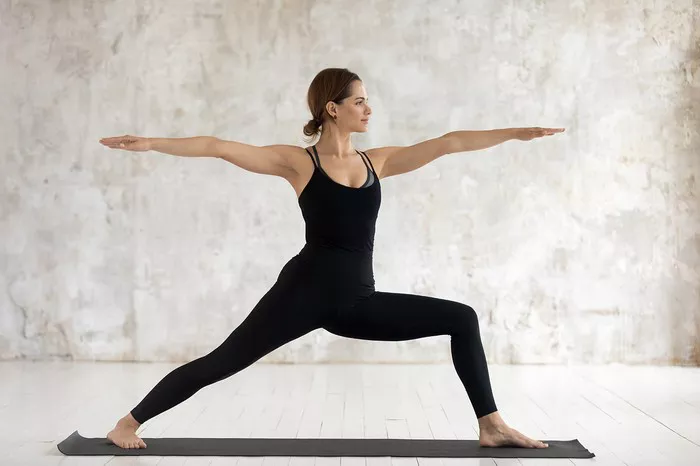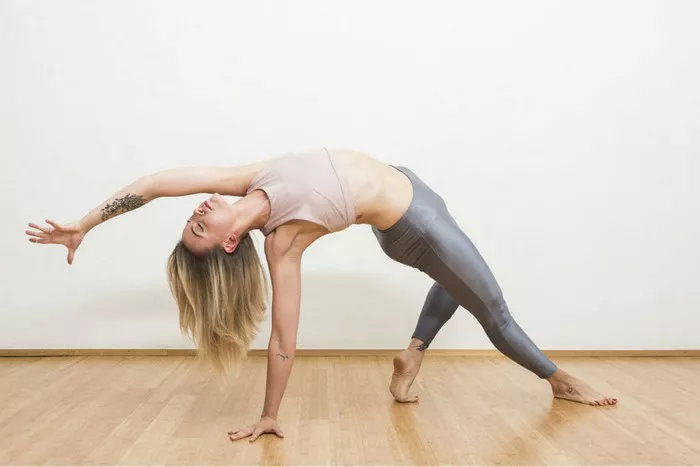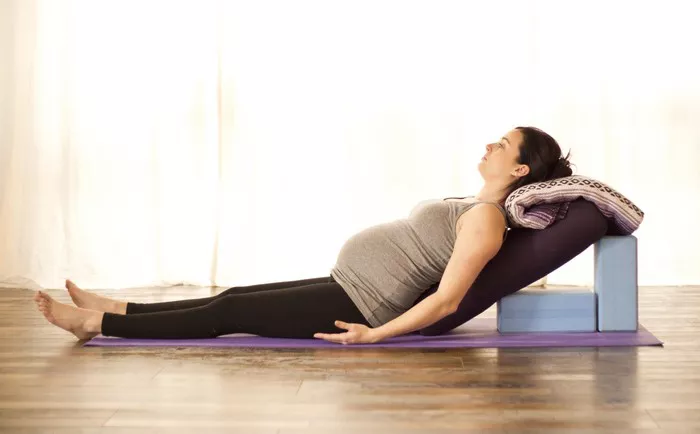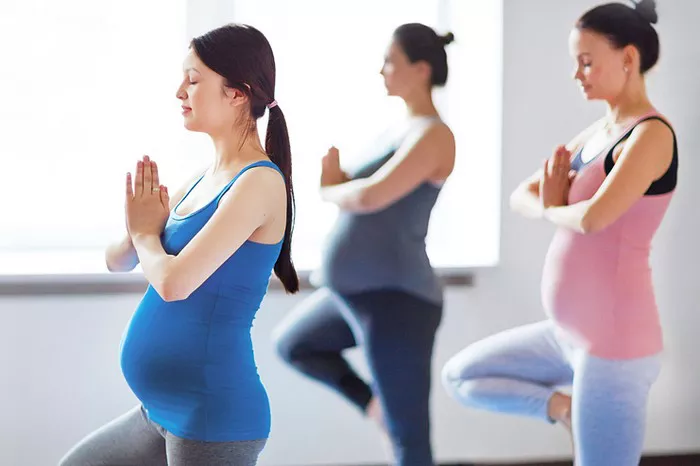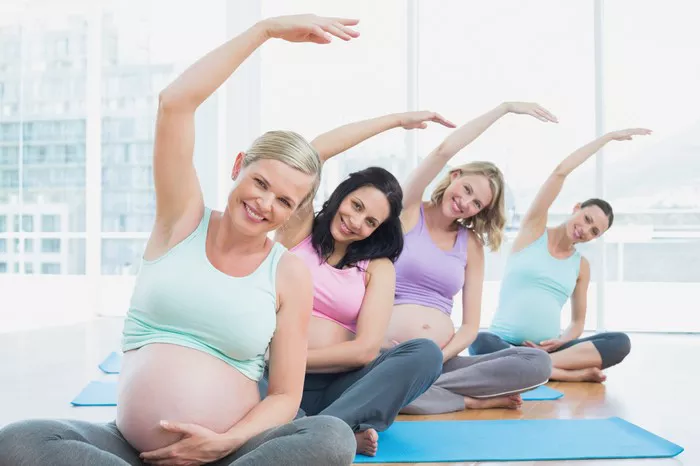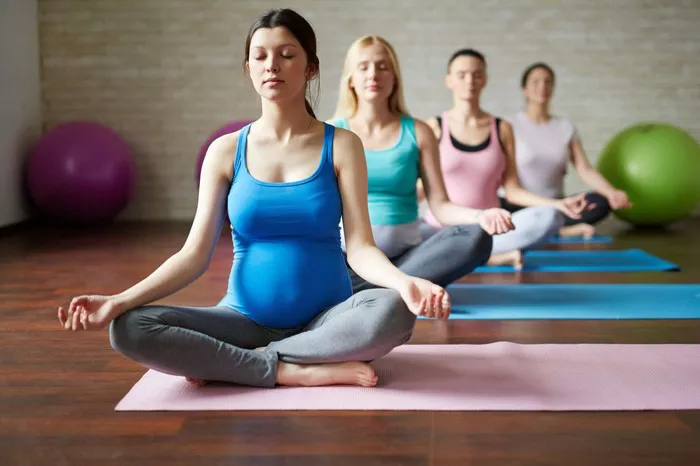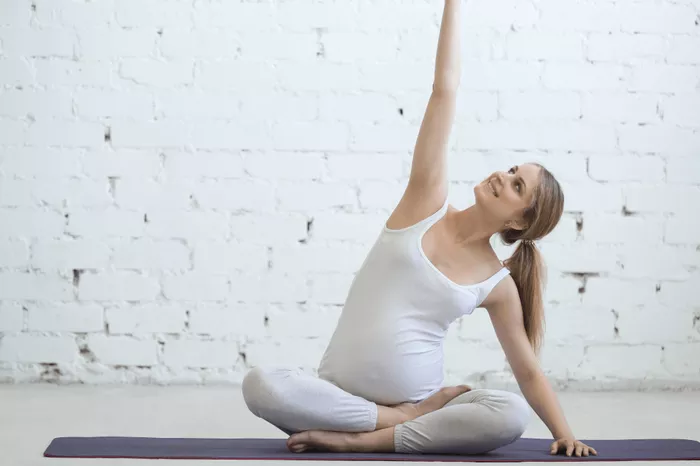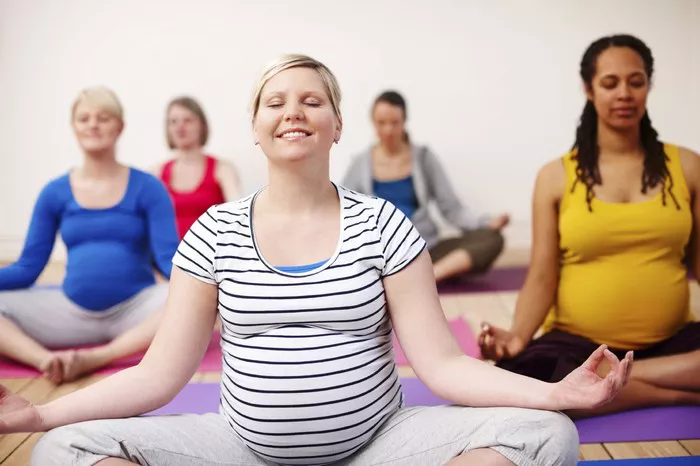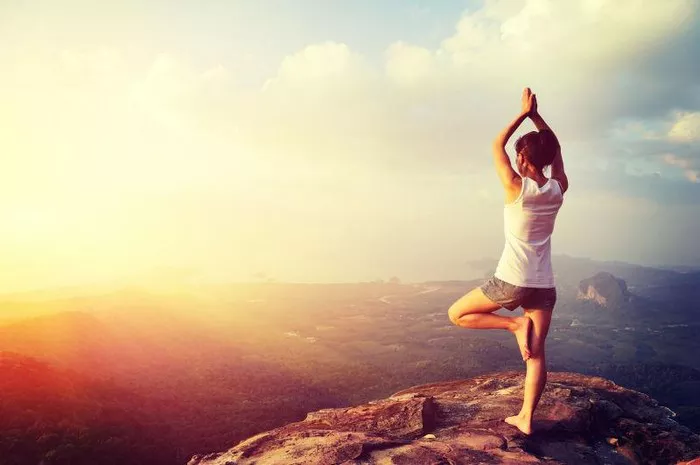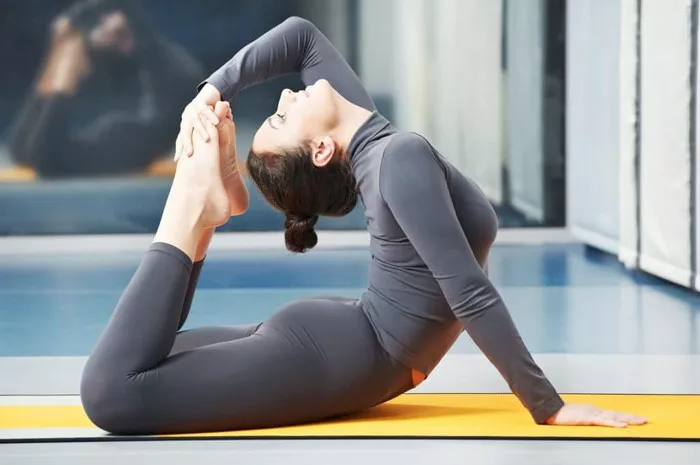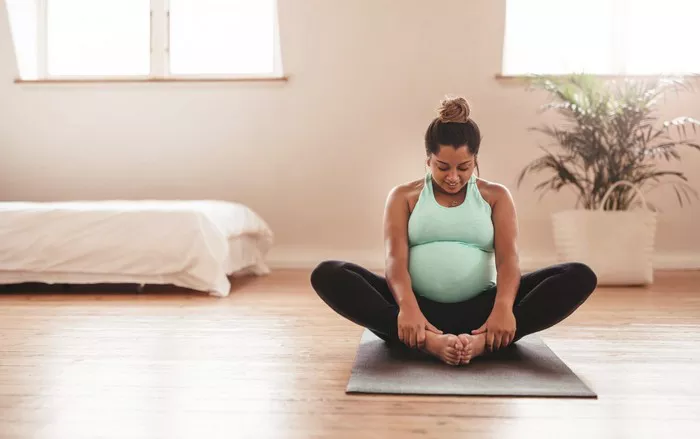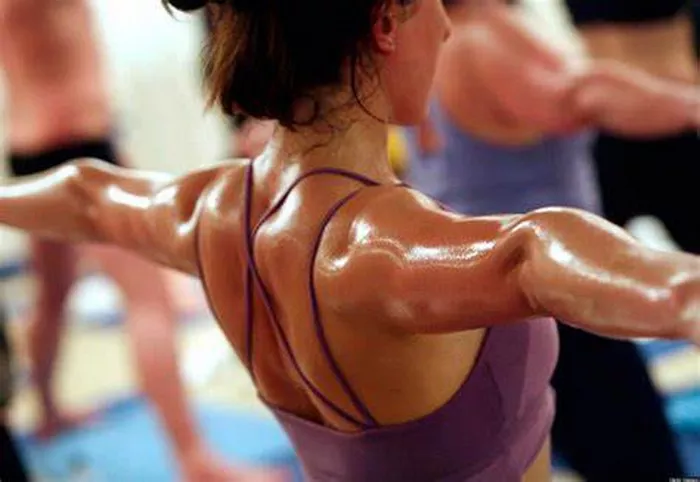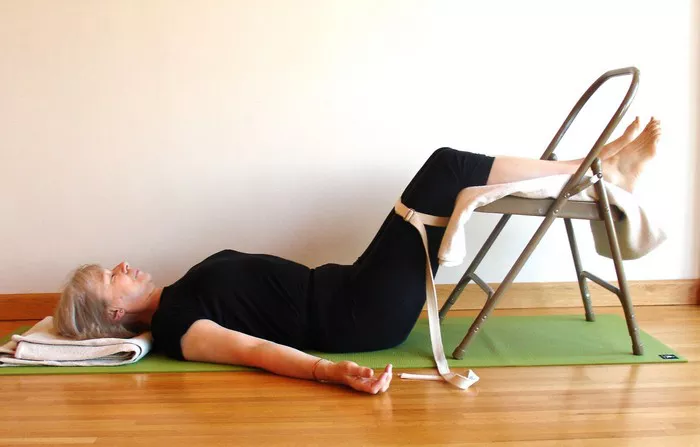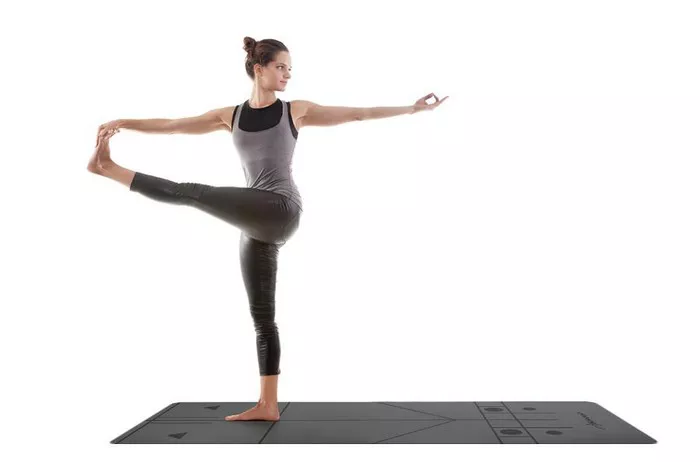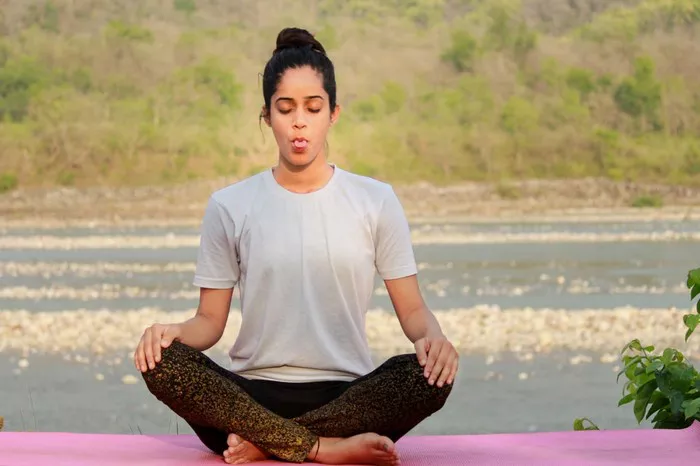Yoga is a practice that has gained immense popularity worldwide for its physical, mental, and emotional benefits. As individuals strive for a healthier lifestyle, the role of yoga in achieving specific physical goals such as weight loss, core strength, and improved posture has been extensively explored. Among the numerous yoga poses, the Cobra Pose (Bhujangasana) is often highlighted for its potential to aid in flattening the stomach and toning the core. But is this claim true, or is it just another myth perpetuated by social media? In this article, we will delve into the mechanics of the Cobra Pose, its benefits, and whether it can truly help in achieving a flat stomach.
Understanding the Cobra Pose
The Cobra Pose is a backbend that originates from the traditional yoga practice, known for its ability to stretch the chest, abdomen, and spine. To perform this pose, the practitioner lies face down on the mat, with legs extended and feet flat, hip-width apart. The hands are placed directly beneath the shoulders, and the elbows are bent close to the body. As the practitioner inhales, they slowly lift their chest off the mat by straightening the arms, while keeping the elbows slightly bent. The pelvis and lower body remain grounded, and the back arches, creating a gentle curve. The chest opens, and the gaze may be directed upwards or slightly forward.
The Cobra Pose is a part of the Surya Namaskar (Sun Salutation) sequence, but it is also practiced independently for its numerous benefits.
The Anatomy of the Cobra Pose: Key Muscles Engaged
To understand how the Cobra Pose works on your stomach, it is essential to first look at the muscle groups that are actively engaged during the posture.
Core Muscles: The Cobra Pose primarily targets the muscles of the core, including the rectus abdominis, obliques, and the deep stabilizing muscles of the lower back. While the abdominal muscles are not fully engaged in a crunching motion, they are actively recruited to help stabilize the body and support the backbend.
Spinal Erectors: The muscles along your spine, known as the erector spinae, play a significant role in lifting the upper body. These muscles help in arching the back and holding the chest elevated while ensuring proper alignment.
Glutes and Thighs: The gluteal muscles and the muscles of the thighs also play a supportive role in the Cobra Pose. By keeping the legs grounded and engaging the inner thighs, the practitioner can avoid unnecessary tension in the lower back.
Chest and Shoulders: As the upper body lifts, the chest muscles (pectorals) stretch and open, and the shoulders extend backward. This helps improve posture and opens the heart center.
Hip Flexors: While the Cobra Pose may not heavily target the hip flexors like some other poses, they are mildly stretched due to the backward bend of the spine and pelvis.
What Does a Flat Stomach Actually Mean?
A “flat stomach” is a common fitness goal for many individuals. While it is important to note that everyone’s body is different, and a completely flat stomach may not be realistic for everyone, the idea typically refers to the reduction of excess fat around the abdominal area and the toning of the muscles in the midsection. Achieving a flat stomach requires a combination of several factors, including:
Reduction of Belly Fat: Spot reduction (the idea that you can lose fat in specific areas by targeting them with exercises) is a myth. Fat loss occurs uniformly throughout the body when combined with a healthy diet and consistent exercise routine. The belly fat can only be reduced when overall body fat decreases.
Core Strength: A toned, flat stomach often results from strengthening the abdominal muscles. Exercises that engage the core are effective at tightening and sculpting this area.
Posture Improvement: Poor posture can lead to the appearance of a bloated or protruding stomach. By improving posture, you may make your stomach appear flatter and more toned.
How the Cobra Pose Affects the Stomach
While the Cobra Pose cannot guarantee a flat stomach by itself, it can contribute to your abdominal fitness journey in several beneficial ways:
Core Activation and Toning: The Cobra Pose helps activate the abdominal muscles, which are engaged to support the body during the backbend. By regularly practicing this pose, the muscles of the core can become stronger and more toned. The act of lifting the chest using your core muscles, rather than relying solely on your arms, will engage the lower abdominal region, helping to strengthen it over time.
Stimulation of Digestion: The Cobra Pose involves an outward arching of the abdomen, which may help to stimulate digestive organs. This gentle compression and stretching can support the digestive process by increasing blood flow to the stomach and intestines, promoting regular digestion and the removal of toxins. A healthy digestive system can reduce bloating and discomfort in the stomach area, making it appear flatter.
Posture Improvement: One of the most significant ways in which the Cobra Pose can indirectly contribute to a flatter stomach is by improving posture. When performed correctly, the Cobra Pose encourages a lifted chest and open shoulders, which promotes proper spinal alignment. Over time, this can help reduce slouching or a hunched posture that may cause the stomach to protrude. Better posture can create the illusion of a flatter stomach and prevent the appearance of bloating.
Reduction of Stress and Tension: The Cobra Pose, like many yoga postures, is known for its ability to reduce stress. The physical benefits of stress reduction, including the reduction of cortisol (the stress hormone), can play a significant role in reducing belly fat. High cortisol levels are often associated with weight gain, particularly in the abdominal region. By practicing Cobra and other yoga poses, you may reduce your overall stress levels, contributing to a flatter stomach.
Cobra Pose and Weight Loss: A Supporting Role
While the Cobra Pose can certainly help tone the core and reduce bloating, it is essential to remember that no single yoga pose can provide a quick fix for weight loss or achieving a flat stomach. A healthy diet, regular cardiovascular exercise, and a well-rounded fitness routine that includes strength training are necessary for effective fat loss.
The Cobra Pose can play a supporting role in your fitness journey by engaging the muscles of the core, improving digestion, and enhancing posture. However, it must be part of a comprehensive approach that includes other practices such as full-body workouts, mindful eating, and overall lifestyle changes.
Tips for Maximizing the Benefits of Cobra Pose
To ensure you get the maximum benefit from the Cobra Pose, here are some tips to keep in mind:
Engage Your Core: As you lift your chest off the ground, make sure to actively engage your abdominal muscles. Avoid relying solely on your arms to push your body up. The strength should come from your core.
Avoid Overextending: It’s important to maintain a gentle curve in the spine. Avoid overextending your back, which can lead to strain or injury. Only go as far as you feel comfortable, keeping your back muscles engaged.
Practice Consistently: To see noticeable results, consistency is key. Practice Cobra Pose regularly as part of a balanced yoga routine.
Complement with Other Core Exercises: For optimal results, combine the Cobra Pose with other core-strengthening exercises like plank poses, boat pose (Navasana), and other abdominal-focused yoga poses. This will target your core from different angles and help strengthen the entire midsection.
Mindful Breathing: Deep, mindful breathing during the Cobra Pose helps release tension from the body and further engages the abdominal muscles. Focus on inhaling deeply as you lift your chest, and exhaling as you lower back down.
Conclusion
The Cobra Pose is a valuable tool in your yoga practice, offering benefits for spinal flexibility, core strength, and posture improvement. While it cannot be relied upon as a stand-alone solution for achieving a flat stomach, it plays an important role in strengthening the abdominal muscles, enhancing digestion, and reducing stress—factors that can contribute to a healthier and more toned midsection.
To achieve a flat stomach, it is important to approach the goal from multiple angles: a balanced diet, regular cardiovascular activity, and a variety of exercises that target the core. The Cobra Pose can be a supportive practice on this journey, helping you strengthen your body, improve posture, and reduce tension, which can ultimately lead to a flatter, more toned stomach over time.
Remember that yoga is a holistic practice that nurtures both the mind and body. Stay consistent, be patient with yourself, and enjoy the process of transformation.
Related Topics:


